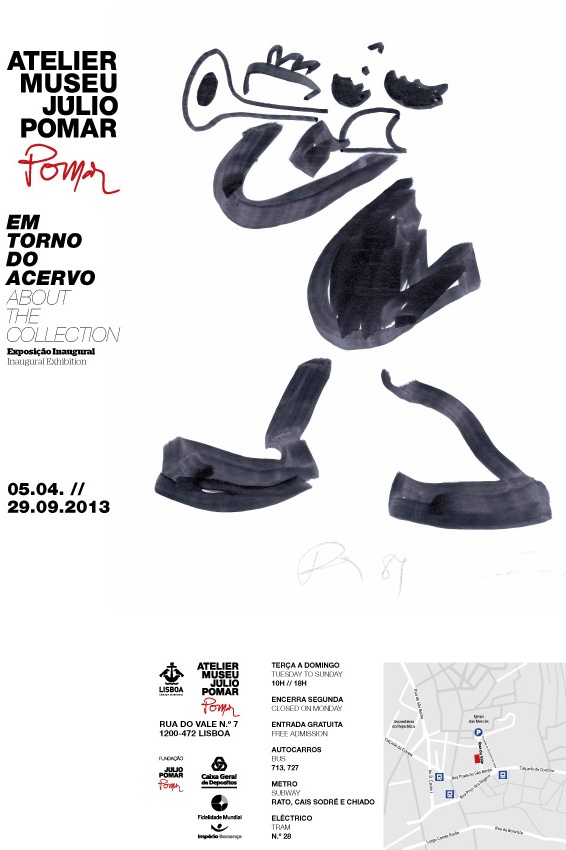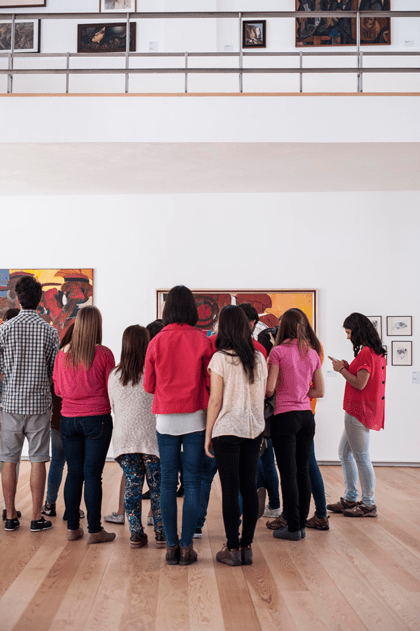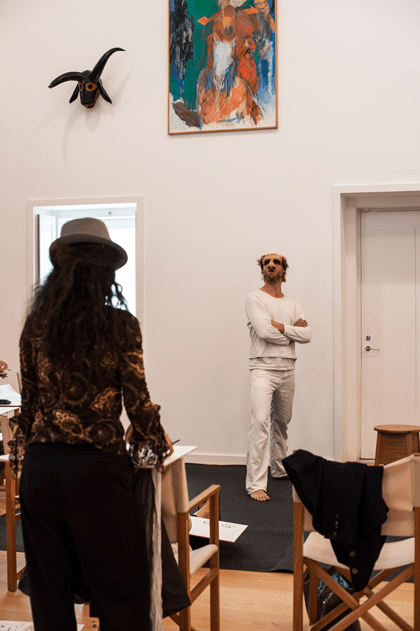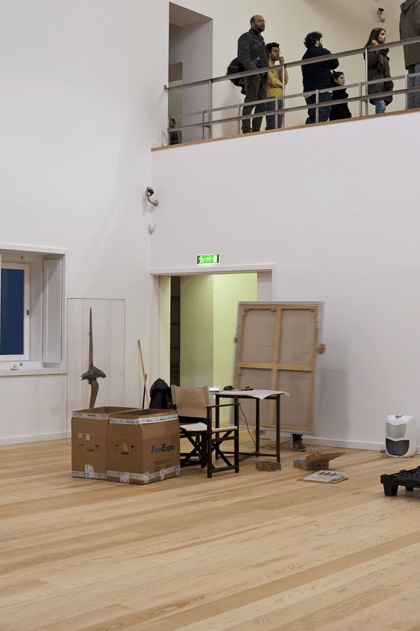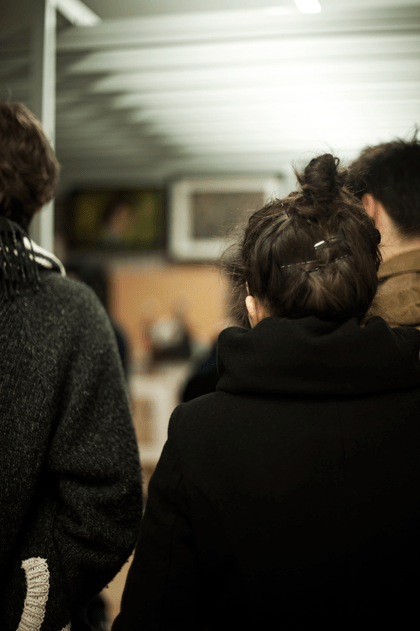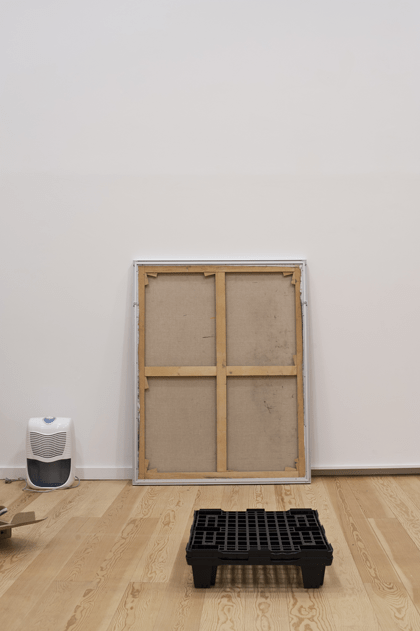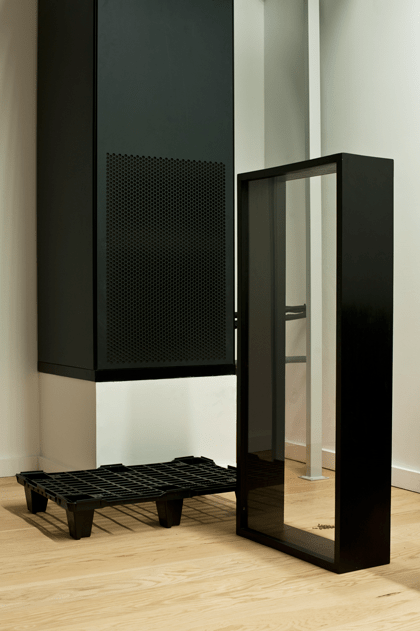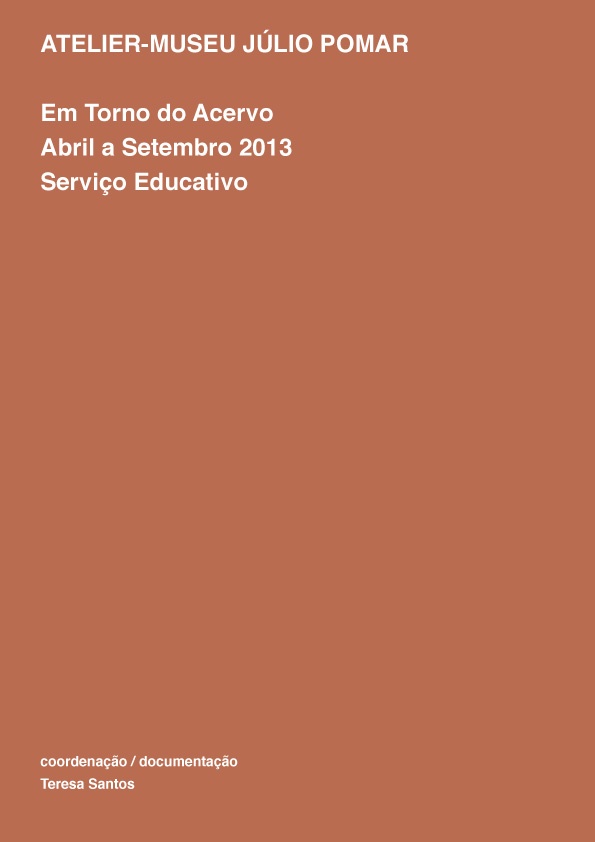
This exhibition gave rise to a range of workshops, whose descriptions are given below, exploring the various aspects, themes and methodologies in the work of Júlio Pomar.
The horse – drawing workshop
Instruction – Berta Ehrich, Glória Oliveira
The work of Júlio Pomar features a number of animals, summoning up narratives and allegories. Among the animals, the horse is particularly prominent, bursting into the artist’s paintings, drawings, sculptures and prints, and seeming to gallop its way through the space of the Atelier-Museu. This imagery and the presence of a life-sized horse that will inhabit the museum for a few days is intended to encourage the attendees to take part in playful, illustrative and narrative exercises based on visual analysis and exploration.
Single figure – tile workshop
Instruction – Elsa Gonçalves
Participants look at the tile panels by Júlio Pomar featured in the courtyard of the Atelier-Museu, and take this as a starting point for creating a tile painting that explores the bestiary found in this artist’s work. Bestiary: bull, horse, monkey, tiger, elephant, camel, deer, crow, pig, fly, turtle.
Photography/cyanotype workshop
Instruction – Luís Murtinha
Taking the themes of body and mask, which are central to Júlio Pomar’s work, as a starting point, the participants put together their own piece of work based on the creation of images. At the end of the workshop, the participants are expected to be able to shoot with analogue and digital cameras, and to have a good knowledge of the use of light throughout the photographic process, from composition to the finished article on paper or a screen.
Another objective is to carry out one of the processes that serve as an alternative to the traditional use of silver salts. The cyanotype process explored in this workshop originated in the early 19th century. The use of ferrous materials on drawing paper, used as a photosensitive support, plus the exposure to sunlight and development in water, make this process ideal for giving participants an insight into the cornerstones and founding principles of photography.
Model-drawing workshop
Instruction – Berta Ehrich
Observation- and experimentation-based drawing workshops using various models: masks, animals and skeletons, live models, and other objects that make repeat appearances in the artist’s work.
Colour – visual composition workshop
Instruction – Elsa Gonçalves
Participants study the colours used in the work produced by Júlio Pomar in the 1980s and 90s, and are encouraged to create their own visual piece using rods and coloured cotton threads, reproducing the chromatic range of the artist’s work.
I went to the museum today. How about you? – trends in postcard art workshop
Creating an illustrated postcard, recounting the visitor’s experience and issuing the recipient with the challenge of visiting and getting to know the museum.
